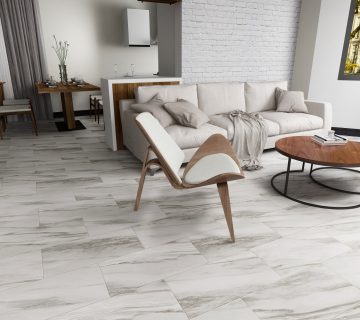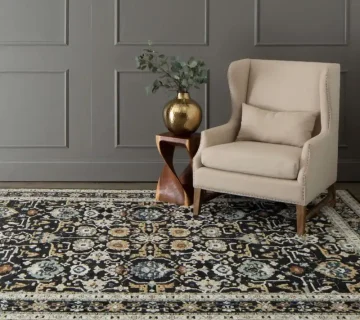Parrots are beautiful birds. The sizes, colors, and personalities are astounding and vary greatly. What also varies is the amount of dust that different types can produce. Here are 7 handy facts about parrot dust and how to effectively manage it.
1. What does the dust look like? It is white and sometimes on towards gray in color. It eventually falls from the air and is most noticeable on horizontal services. You can see it go airborne when your parrot is preening, playing, or flapping its wings.
2. Do all types of parrots create dust? Most of them generate some wing dust, and feathers, and they all produce dander. But it is specifically those that create wing powder that produce the largest amounts that can become unsightly as well as a health hazard for you and your pet,
3. Which birds are the dustiest? The type of bird is belongs to the powder-down species. A natural part of their growth and wing health is maintained by producing wing powder. African Greys, Cockatoos, Cockatiels and some Amazons belong to this group.
4. Can anything be done to the bird to reduce the dust it creates? There is nothing that can physically to stop production. You can offer the bird a small bowl of water to use for bathing. You can also install a shower perch and invite your pet to accompany you in the shower. Water will help reduce the amount of powder that is able to go airborne and settle on surfaces in the room and around your home.
5. What is the best way to clean the room with a dusty bird? In a word, water is the best answer. It is best to use a damp cloth on surfaces and a damp mop on floors to trap the dust efficiently and reduce the chances that it will re-enter the air and fall on surfaces again.
6. What is the best way to furnish a room with a powder-down bird? It is best to use materials that can be wiped clean and are less likely to hold dust. Vertical blinds, shutters, or vinyl shades for windows are smart options. For flooring avoid carpets and rugs and choose wood, tile or vinyl. There are many flooring products that simulate natural materials for a fraction of the cost.
7. Can filtering the air really help control the dust? Filtering the air with a high efficiency particle arresting (or HEPA) air purifier is one of the best ways to significantly minimize airborne dust that is available for you and your bird to breathe.
Birds’ air passages are so small that they can easily become clogged. This often causes infections that are nearly impossible to detect until it’s often too late to reverse the condition. Having a filter clean the air 24 hours a day can significantly improve the air quality and the quality of life for you and your bird.




